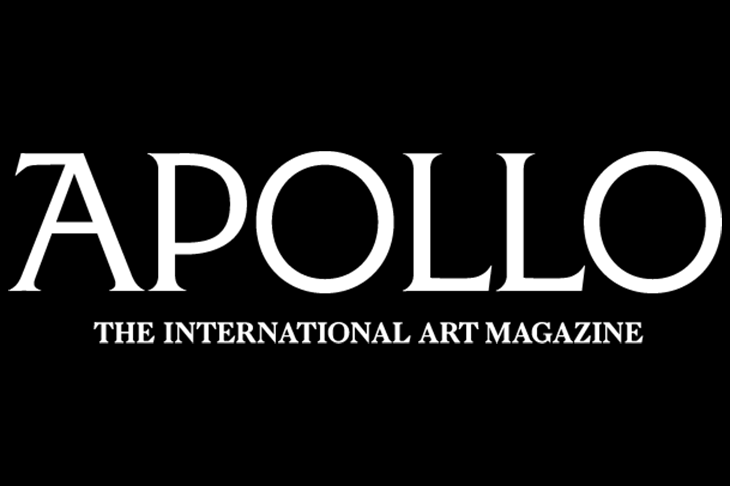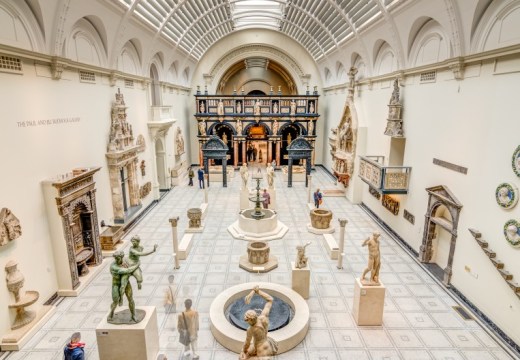Our daily round-up of news from the art world
UK museum sector questions Welsh government’s vision for culture | This week, Wales’s devolved government published a paper called Light Springs through the Dark: A Vision for Culture in Wales, has come under fire from both the Museums Association and National Museum Wales for failing to refer to last year’s Expert Review of Local Museum Provision in Wales. Both bodies have urged the Welsh Government to go back to the recommendations of that review, which provides a more comprehensive framework for sustainable museum infrastructure. The Museums Association’s Sharon Heal commented, ‘Local authority museums in Wales are in dire need and a strategic approach to funding and support is desperately needed from government.’
Smithsonian National Museum of African Art director to step down | Johnnetta B. Cole, director of the Smithsonian National Museum of African Art, is to retire in March 2017, the institution has announced. Cole, who turned 80 in October, has been at the helm of the museum for eight years, prior to which she conducted a distinguished career in academia. As the Washington Post points out, Cole’s is not the only imminent high-profile retirement at the Smithsonian: Betsy Broun has stepped down from the Smithsonian American Art Museum, while Postal Museum director Allen Kane is to retire in January.
Birmingham arts organisations prepare for further cuts | Birmingham City Council has proposed significant reductions to arts funding, reports Arts Professional. The proposed cuts will see the city hand £3.177 million to major arts organisations in 2017–18, a 32 per cent reduction on its grants for 2015–16. In 2010–11, by contrast, Birmingham handed over £9 million to arts bodies. The council has defended the figures, explaining that it has been forced to make £180 million in savings over the next few years, a process that will involve ‘some very difficult decisions’. Deputy council leader Ian Ward has said that ‘a new support model’ may be required for cultural organisations in the city from 2018 onwards.
Tate receives John Singleton Copley family portrait | A rare family portrait by John Singleton Copley has been accepted for the nation from collector David Posnett OBE and allocated to the Tate, the museum has announced. Copley painted The Fountaine Family in 1776, but it was formally attributed to him only after the family sold it at auction in the 1980s. It is the only conversation piece by the artist to enter a UK public collection. ‘We are delighted to have received this generous gift from David Posnett OBE through the Cultural Gifts Scheme,’ said Tate Britain director Alex Farquharson. ‘Examples of Copley’s early British portraiture are rare, and this work adds great depth to our understanding of his career in London.’
Recommended reading | Tate Britain’s latest acquisition is a timely one: Copley is the man of the moment. Jane Kamensky’s new book A Revolution in Colour: The World of John Singleton Copley has received rave reviews. In the Boston Globe, Kate Tuttle speaks to the author and debunks several myths surrounding the painter, who despite associations with the heroes of the Independence War, always considered himself a British subject. Elsewhere, the critics are busy rounding up the best exhibitions of 2016. In the New York Times, the Smithsonian’s National Museum of African American History and Culture is Holland Cotter’s top pick, while Roberta Smith chooses a run of stunning shows at MoMA. The Guardian’s Adrian Searle goes for the Barbican’s Ragnar Kjartansson retrospective and in the Wall Street Journal, Karen Wilkin names the Met’s ‘Valentin de Boulogne: Beyond Caravaggio’. In typically provocative form, New York’s Jerry Saltz chooses Rob Pruitt’s ‘The Obama Paintings’, currently on show at Gavin Brown. They are, Saltz writers, ‘A reminder that not so long ago, power and beauty intertwined.’
Unlimited access from just $16 every 3 months
Subscribe to get unlimited and exclusive access to the top art stories, interviews and exhibition reviews.













![Masterpiece [Re]discovery 2022. Photo: Ben Fisher Photography, courtesy of Masterpiece London](http://www.apollo-magazine.com/wp-content/uploads/2022/07/MPL2022_4263.jpg)






